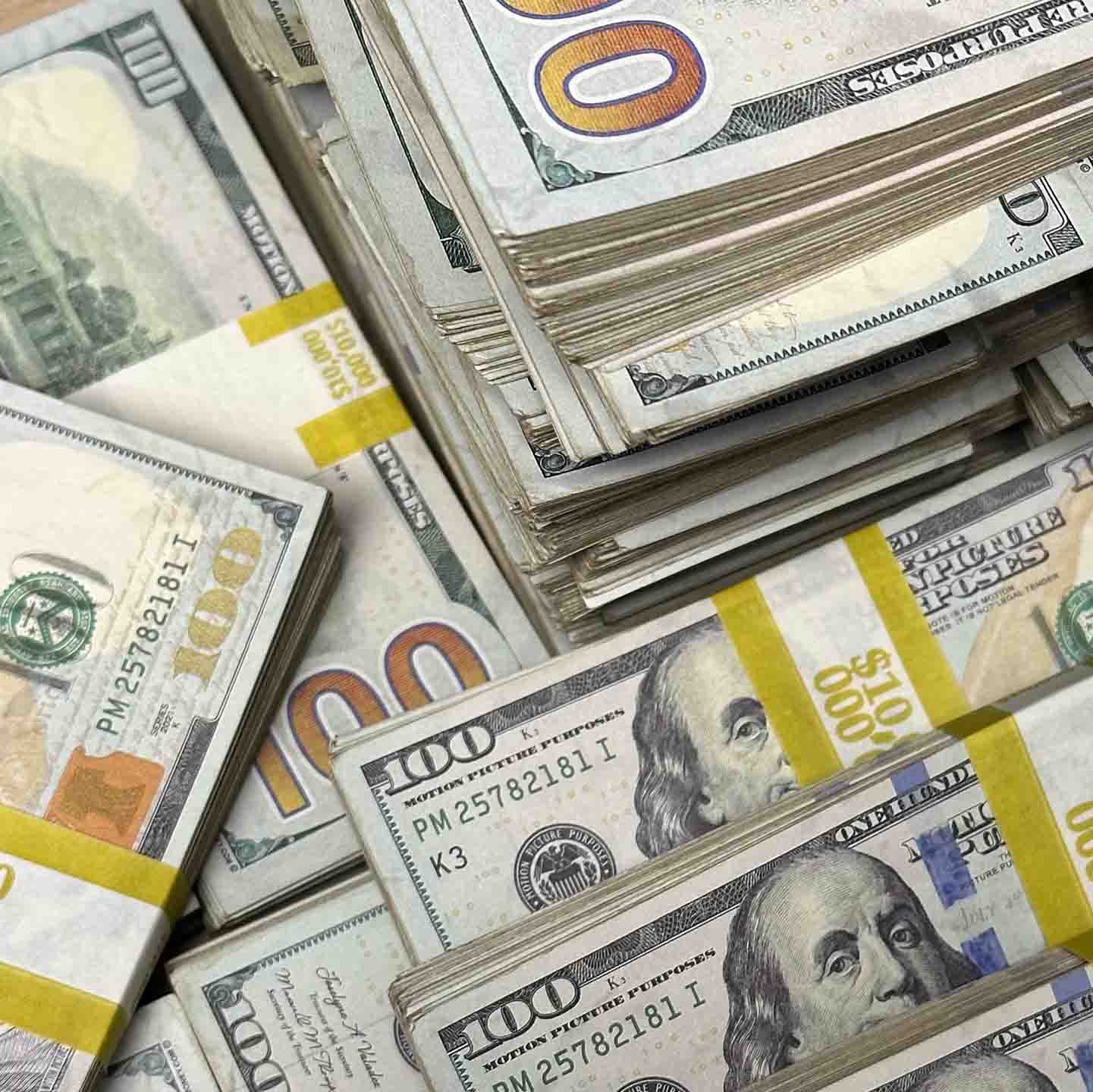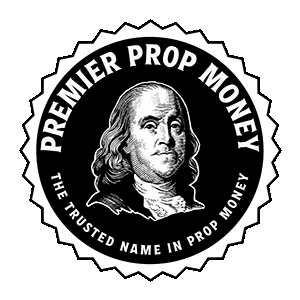
The History of Prop Money: The First Time It Was Used in a Movie
Share
The History of Prop Money: The First Time It Was Used in a Movie
Prop money has become a staple in film and television, adding realism and flair to scenes involving cash without the need for real currency. But have you ever wondered when and where it all began? Let’s take a look at the history of prop money and the first time it was used in a movie.
The Early Days of Film and Prop Money
In the early 1900s, filmmaking was still in its infancy. Sets were often makeshift, and budgets were tight. Early filmmakers relied on creative solutions to bring their stories to life, often crafting props by hand. When a scene required money, they initially used real currency. However, this came with risks—especially on large-scale productions where stacks of cash could easily be lost or stolen.
The first significant use of prop money dates back to the 1930s, during the rise of the gangster film genre. Movies like Little Caesar (1931) and Scarface (1932) showcased scenes with massive amounts of cash, central to the gritty, crime-filled narratives of the era. These films marked a turning point, as studios began using fake money to protect their budgets and maintain control over on-set valuables.
The Role of U.S. Currency Laws
As filmmakers began creating more realistic prop money, U.S. laws around counterfeit currency evolved. To avoid legal issues, early prop money was intentionally crude, with exaggerated designs that wouldn’t be mistaken for real bills. Despite its simplicity, this early prop money served its purpose: adding visual drama to films without risking financial loss.
The First Breakthrough: Hollywood Innovates
The 1939 classic The Roaring Twenties is often credited as one of the first movies to use more sophisticated prop money. In this film, starring James Cagney and Humphrey Bogart, prop money played a pivotal role in depicting the roaring economy and criminal underworld of the Prohibition era. The film set a standard for the use of fake cash, inspiring studios to refine their prop money designs for authenticity while staying within legal guidelines.
How Prop Money Evolved
After its initial use in early films, prop money continued to evolve alongside Hollywood. By the 1970s and 1980s, advancements in printing technology allowed studios to create hyper-realistic fake currency. These improvements made it possible to film close-up shots of money, further immersing audiences in the story.
Today’s Prop Money
Today, prop money is an industry of its own. Companies specialize in creating bills that replicate various currencies, from U.S. dollars to Euros, while adhering to strict legal requirements. These props are now used in everything from blockbuster movies and TV shows to music videos and viral YouTube content.
Conclusion
The use of prop money in film began as a necessity and has grown into a cinematic art form. From the early gangster films of the 1930s to the high-tech productions of today, prop money has played a crucial role in bringing stories to life. Its journey is a testament to Hollywood’s ingenuity and commitment to creating immersive, believable worlds for audiences to enjoy.

